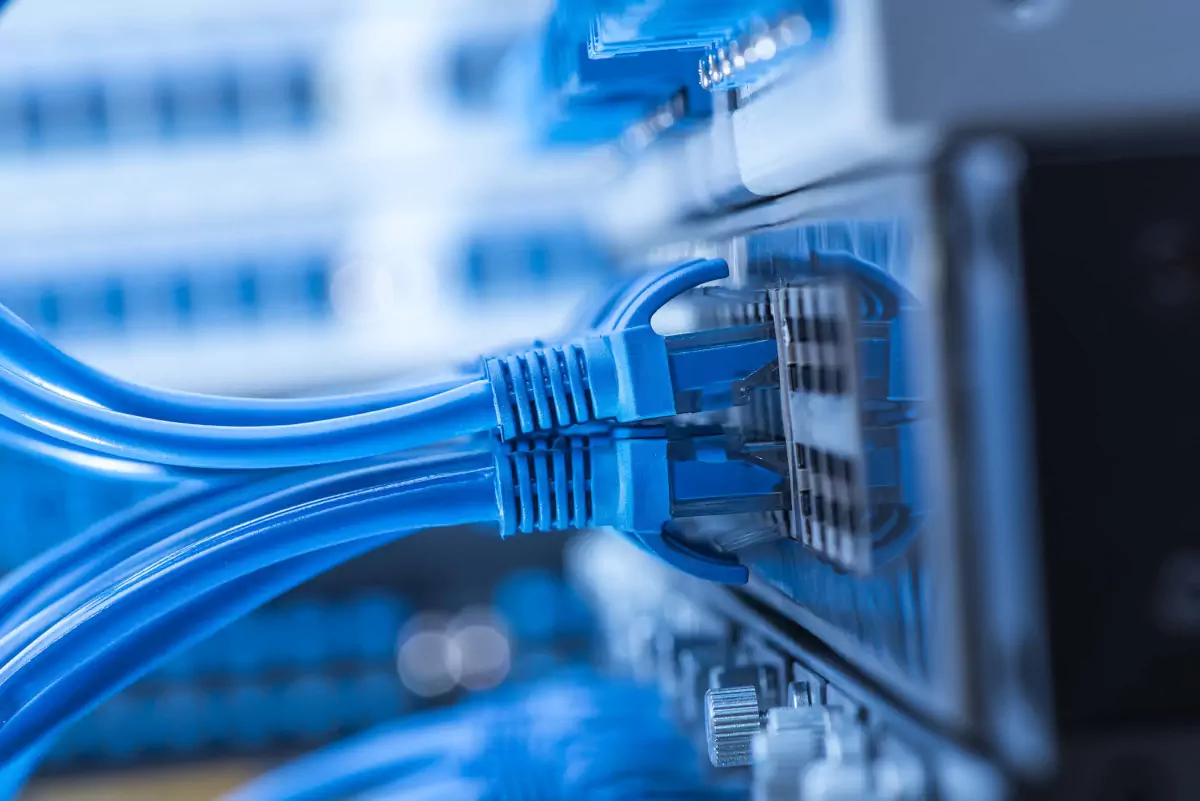Structured cabling is no longer an extra facility or set of amenities but a requirement one should have in this competitive business era. Especially small businesses benefit a lot from this. The answer to your quest is structured cabling services that will ensure your business environment is modern and strong.
In Texas business, this is the basis of a frictionless workflow, increased productivity, and robust technology. Learn how quality and reliable cabling systems are key to a successful business operation.
What is structured cabling?
Structured cabling is the design and installation of a structurally standardized organized cable system that connects the number of data network elements used for any building or campus. Applications like data transmission, voice communication, and even video surveillance use this infrastructure at numerous locations.
Structured Cabling Systems:
- Category 5e (Cat 5e): Allows data rates up to a maximum of gigabit with a possible range from as low as 100 MHz.
- Cat 6: Actually allows for data rates of up to 10 Gbps over short distances with a maximum bandwidth of around 250 MHz. Improves performance for crosstalk and system noise.
- Fiber Optic Cables: These cables support around 100 GB of data per second. It is perfect for businesses that look for cabling that allows minimal interference and improves security.
So what you read is all about structured cabling and why a business must opt for it:
● Enhanced Network Connectivity:
Providing quick, reliable transit and lower latency. These fiber optic cables, or FOC, are good for transmitting data faster than any currently available copper cable, with speeds of up to 100 GB/s. Overall system latency can be halved with fiber optic networks.
● Zen Maintenance On Account Of Organization:
When the cables are in order, any bad cable can be easily identified through mere observation. Eases network administration with less downtime as issues can be pinpointed quickly to provide a solution. The Ponemon Institute discovered that unplanned downtime can cost an average of $5,600 per minute, which only serves to drive home the importance of incident resolution in a timely manner.
● Price Efficiency:
It will save money in the long term with lower maintenance and upgrade costs. Reduced labor costs for upgrades in the future with modular components and easily replaceable parts. Since structured cabling systems may have lifespans of up to 10 years, data centers can realize savings from not having to replace that equipment, along with some peace of mind for the future.
● Performance:
Increased physical and network security. Better physical security: well-organized cabling allows for better execution of your facility’s own actual safety measures. There is an extra security layer in fiber optic cables, as they are not affected by electromagnetic interference. Segmentation of network zones for improved security.
Select the Best Structured Cabling for Your Business:
● Analyze network requirements:
- Determine current needs: Count Devices and Types of Data Traffic
- Future growth plans: Ensure the system can handle increased bandwidth and more devices.
● Evaluate cable types:
- Cat5e, Cat6, or even Cat7 (if you want crazy speeds).
- Prefer fiber-optic cables for data transmission over long distances and at high speeds.
● Environmental Factors to Be Considered:
- Choose cables that will withstand the temperature range in which you are operating.
- High electromagnetic interference environments: use shielded cables
● Check compliance standards:
- Follow TIA/EIA guidelines for quality and performance.
- Conform to local building codes and safety regulations.
● Quality and reliability:
- Always select reputable manufacturers that deliver quality products.
- Check for cables that have a warranty included as an additional guarantee.
● Installation Expertise:
- For structured cabling installation, hire professionals.
- Properly label cables to make them easy to identify and maintain.
● Budget Considerations:
- This boils down to weighing cost against the performance requirements of your network.
- Invest in higher-quality cabling, which will eventually pay for itself.
The Future of Structured Cabling:
In the end, with ever-improving technology and a proliferating demand for dependable, rapid-speed connections, we can safely say that structured cabling has been positioned for its optimal future. As companies become larger, structured cabling services become indispensable for the complicated networks of data cables that run between workstations to provide quick information transition.
● New Technologies Native Support:
Over the last few years, IoT (Internet of Things), AI (Artificial Intelligence), 5G, and other high-tech innovations have revolutionized our very interaction with things we come across in our world. For any effective and scalable network, structured cabling services are essential.
● Enhanced Network Security:
As cybercrime is on the upswing, all organizations must be more vigilant about network security. Advances in safety and provider solutions have led to changes in the design of structured cabling services that protect data integrity while allowing communications between closed-circuit systems.
● A Safer, More Sustainable, and Energy-Saving Option:
The most suitable solution for the present and tomorrow is Nexans Azurith, the responsible choice in structured cabling that speaks to global sustainability and energy efficiency trends. Sustainable materials and configurations of advanced cabling reduce environmental footprints and energy consumption.
● Scalability and Flexibility:
The network will need to grow as the businesses themselves grow. More or less, structured cabling services focusing on scaling ability and flexibility provide an environment where you can easily expand the network without disruptions. Easily upgrade infrastructure as needed with modular cabling systems and future-ready designs.
Conclusion:
Benefits of structured cabling services are crucial for improving the efficiency and growth of businesses, providing scalability to manage enterprise data needs in a smarter way, along with additional factors such as faster network performance, independent security across multiple applications, and reduced management overheads and maintenance costs in an environment. As a result, they make Texans better off than other states.

